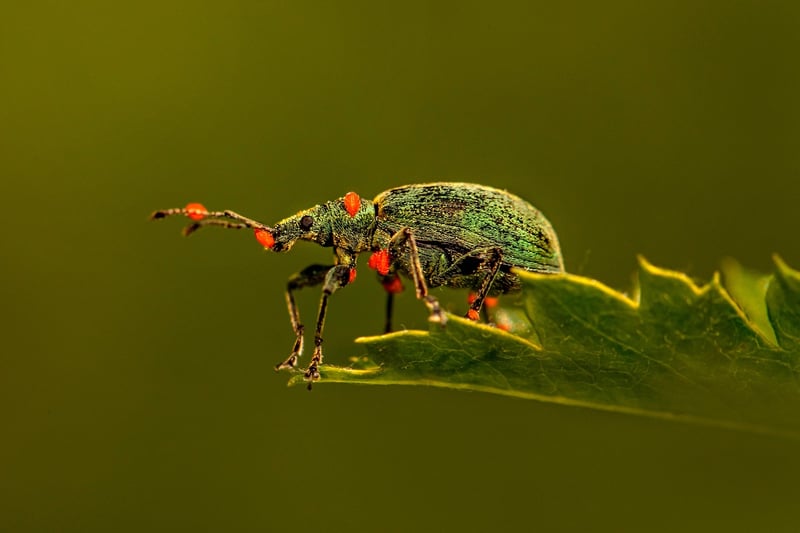Identifying Common Pests
Dealing with Garden Pests: Identifying Common Pests
Introduction
Gardening can be a rewarding and relaxing hobby, but dealing with garden pests can be a challenge. Identifying common pests is the first step in effectively managing them to protect your plants.
1. Aphids
Aphids are small, soft-bodied insects that feed on plant sap. They can be green, brown, black, or pink in color. Aphids reproduce quickly, so early detection is key to preventing damage to your plants.
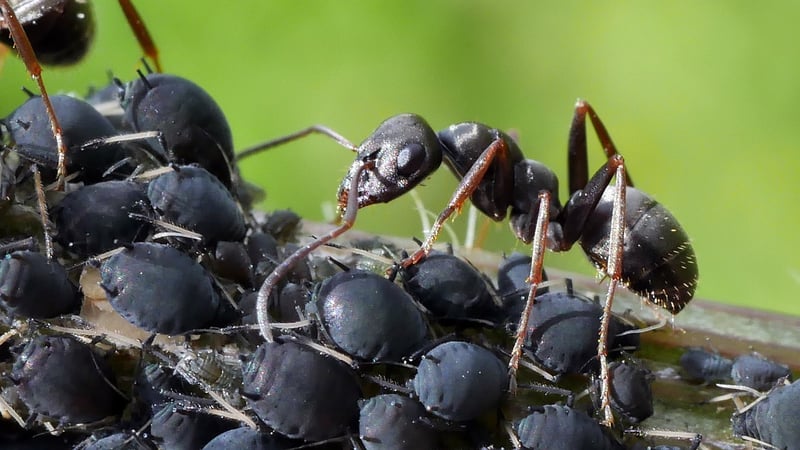
2. Slugs and Snails
Slugs and snails are common garden pests that feed on a variety of plants. They are most active at night and during damp weather. Look for slime trails on leaves and the ground to identify their presence.
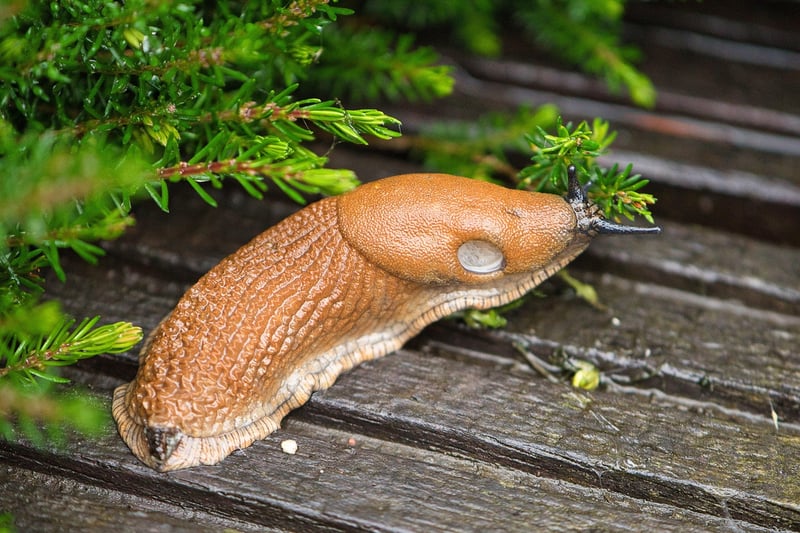
3. Caterpillars
Caterpillars are the larval stage of butterflies and moths. While some caterpillars are harmless, others can cause significant damage to plants by feeding on leaves. Look for chewed leaves and frass (droppings) to spot caterpillar infestations.
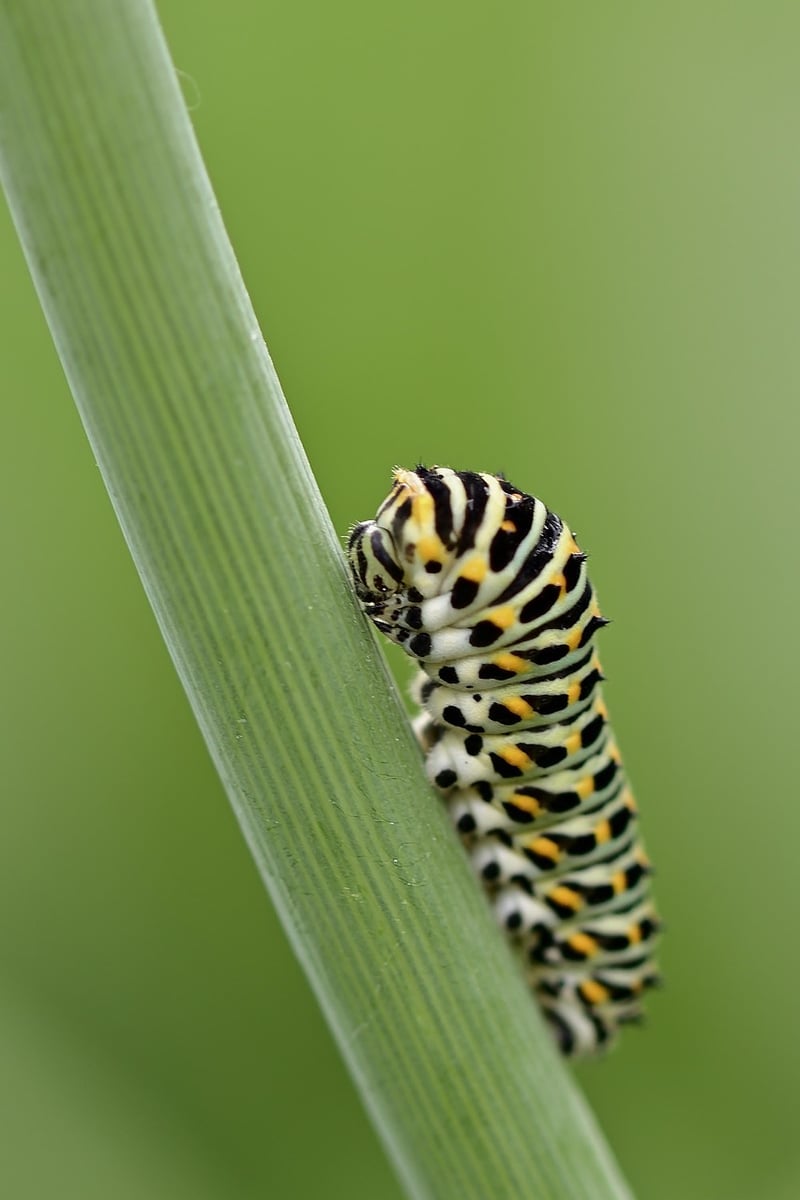
4. Spider Mites
Spider mites are tiny pests that suck plant juices, causing stippling and discoloration of leaves. They are often found in hot, dry conditions. Use a magnifying glass to spot their webbing on the undersides of leaves.
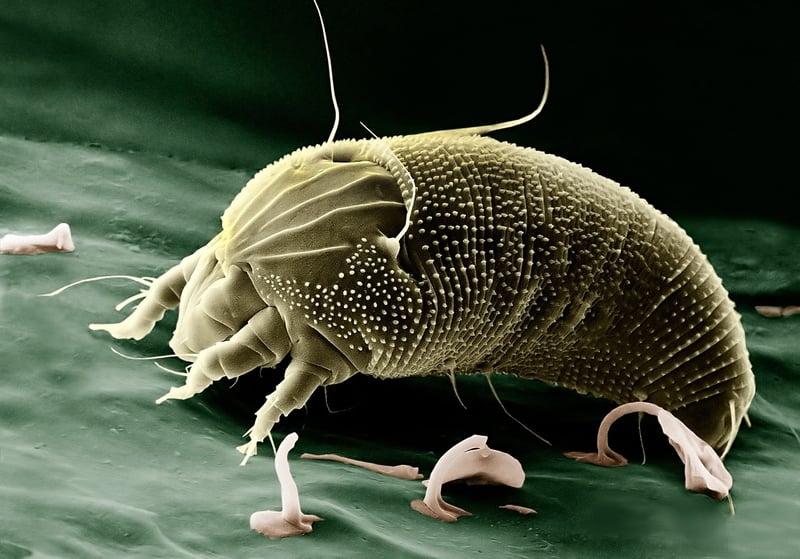
Conclusion
By learning to identify common garden pests like aphids, slugs, snails, caterpillars, and spider mites, you can take proactive measures to protect your plants. Integrated pest management techniques, such as handpicking, natural predators, and organic pesticides, can help keep your garden healthy and thriving.
Remember, a healthy garden is a happy garden!
